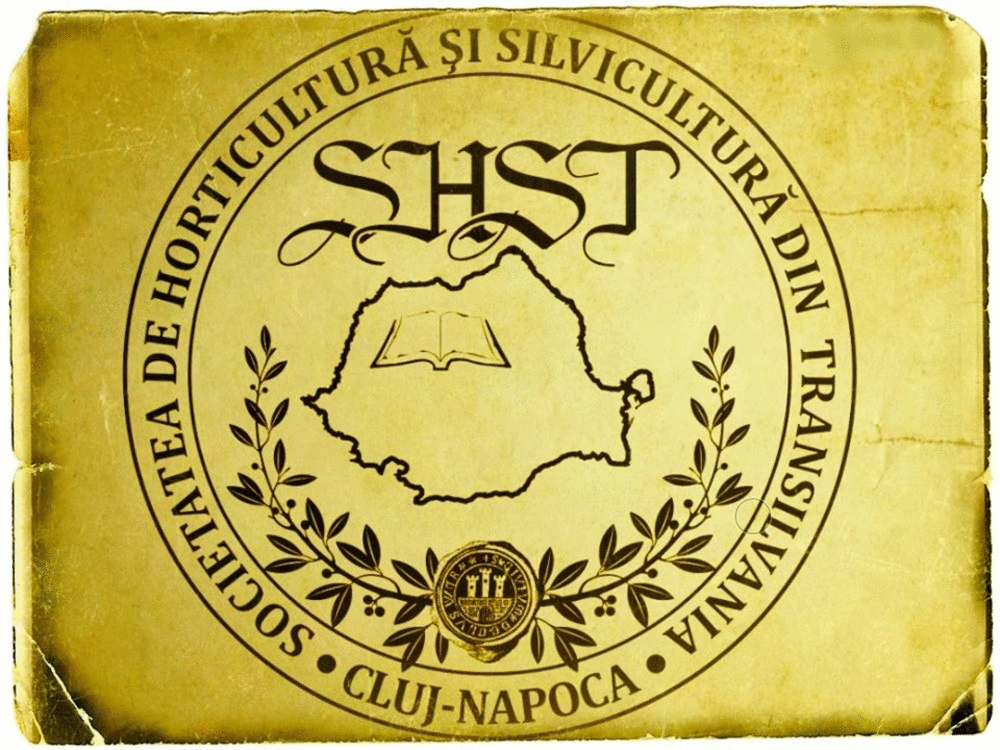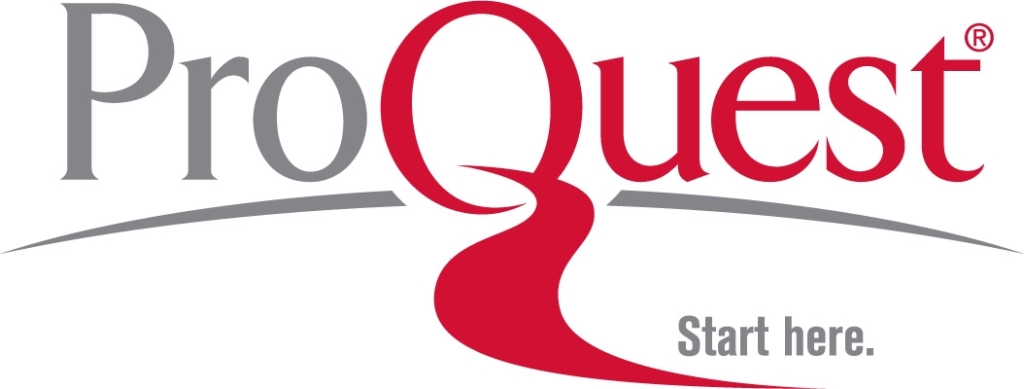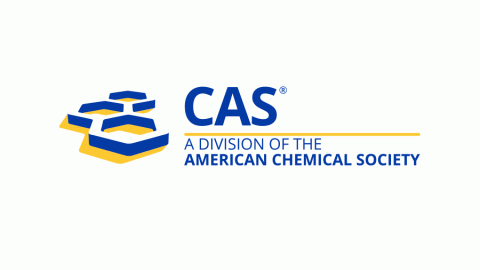Can Bulk and Nanosized Titanium Dioxide Particles Improve Seed Germination Features of Wheatgrass (Agropyron desertorum)
DOI:
https://doi.org/10.15835/nsb539072Keywords:
mean germination time; nanosized TiO2, seed germinationAbstract
The goal of this study was to evaluate concentrations of nanosized TiO2 at 0, 5, 20, 40, 60 and 80 mg L-1 with bulk TiO2 for possible stimulatory effects on wheatgrass seed germination and early growth stage. After 14 days of seed incubation, germination percentage improved by 9% following exposure to 5 ppm nanosized TiO2 treatment comparing to control. Similar positive effects occurred in terms of germination value and mean daily germination. Application of bulk TiO2 particles in 80 ppm concentration greatly decreased the majority of studied traits. Therefore phytotoxicity effect observed on wheatgrass seedling by application of bulk TiO2 particles in 80 ppm concentration. Exposure of wheatgrass seeds to 5 ppm nanosized TiO2 and bulk and nanosized TiO2 at 60 ppm obtained the lowest mean germination time but higher concentrations did not improve mean germination time. In general, there was a positive response by wheatgrass seed to some concentrations of nanosized TiO2. Usage of nanoparicles in order to improve germination and establishment of range plant in adverse environments similar to rangeland could be possible.
Metrics
Downloads
Published
How to Cite
Issue
Section
License
Papers published in Notulae Scientia Biologicae are Open-Access, distributed under the terms and conditions of the Creative Commons Attribution License.
© Articles by the authors; licensee SMTCT, Cluj-Napoca, Romania. The journal allows the author(s) to hold the copyright/to retain publishing rights without restriction.
License:
Open Access Journal - the journal offers free, immediate, and unrestricted access to peer-reviewed research and scholarly work, due SMTCT supports to increase the visibility, accessibility and reputation of the researchers, regardless of geography and their budgets. Users are allowed to read, download, copy, distribute, print, search, or link to the full texts of the articles, or use them for any other lawful purpose, without asking prior permission from the publisher or the author.













.png)















